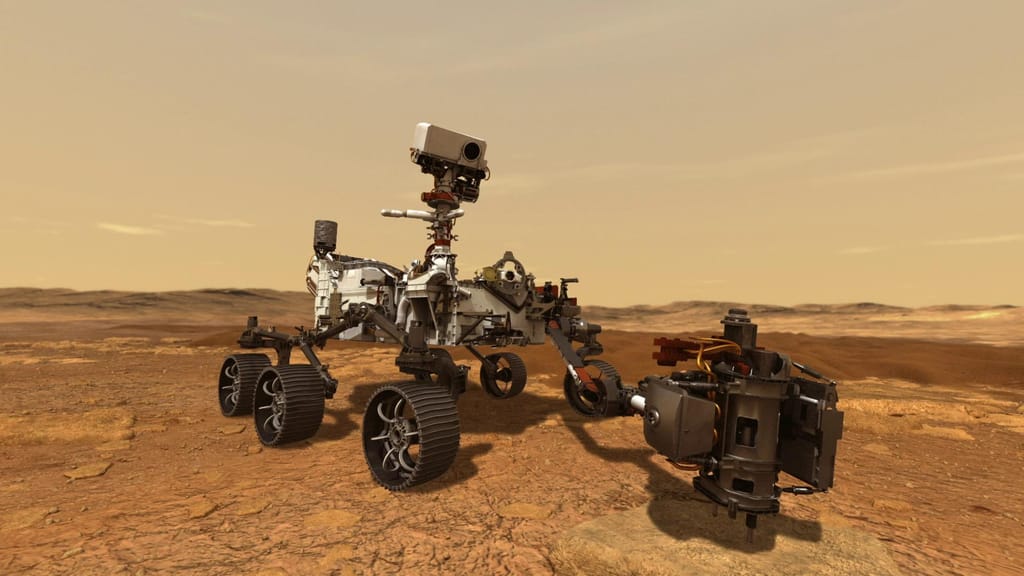
Scientists at NASA are excited to unravel more secrets about Mars’s climatic evolution. Additionally, the search for aqueous life is still on the agenda. Moreover, the Perseverance rover just found out that the Mars crater was a lake.
Secrets from the images sent by NASA’s Perseverance rover
From the images sent by NASA‘s Perseverance rover, researchers confirm that the Jezero crater on Mars was once a lake. The study is published in Science.org. While the crater is now eroded and dry, it was once steadily fed by a small river. However, this was 3.7 billion years ago. “If you look at these images, you’re basically staring at this epic desert landscape. It’s the most forlorn place you could ever visit,” said Benjamin Weiss. Weiss is a professor of planetary science in the Department of Earth, Atmospheric, and Planetary Sciences at MIT. “There’s not a drop of water anywhere, and yet, here we have evidence of a very different past. Something very profound happened in the planet’s history,” he added.
The rover has two cameras-the SuperCam Remote Micro-Imager (RMI) and Mastcam-Z. Once the rover sends images to Earth, the team of researchers process and combine the images. It reveals that sediments in the crater are deposits from the flowing water. “The most surprising thing that’s coming out of these images is the potential opportunity to catch the time when this crater transitioned from an Earth-like habitable environment to this desolate landscape wasteland we see now. These boulder beds may be records of this transition and we haven’t seen this in other places on Mars,” added Weiss.
More on the exciting research
Researchers plan to carry out more studies to understand Mars’s evolution. They also aim to unravel the remains of ancient aqueous life on the red planet. Hence, researchers are excited for the Perseverance rover to return to earth carrying the samples from Mars.
“We now have the opportunity to look for fossils. It will take some time to get to the rocks that we really hope have samples for signs of life. So, it’s a marathon, with a lot of potentials,” said Tanja Bosak, an MIT associate geobiology professor from MIT. Additionally, Bosak is a member of the research team along with Weiss.
